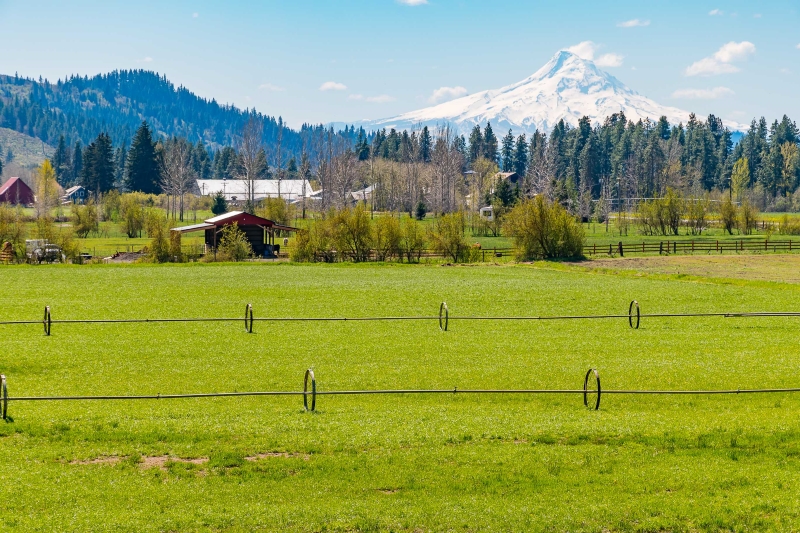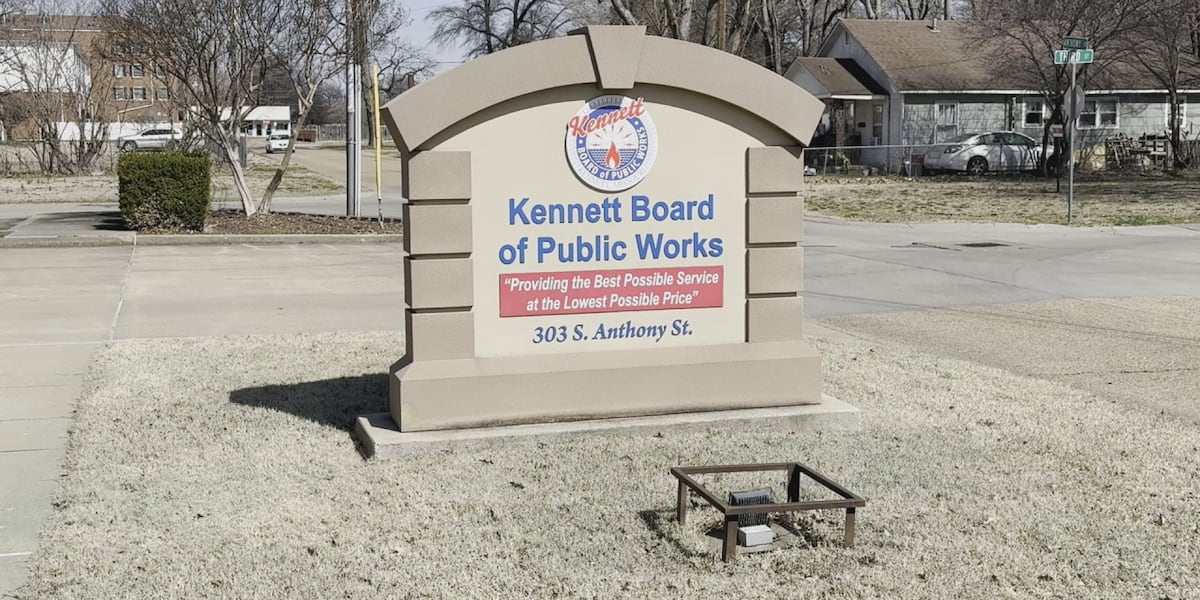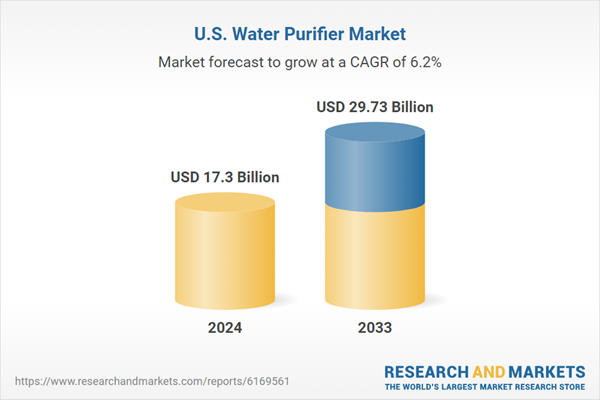Texas Water Management and Sustainable Development Goals
A report on the State of Texas’s proactive and comprehensive water management strategy, analyzing its alignment with the United Nations Sustainable Development Goals (SDGs), particularly SDG 6 (Clean Water and Sanitation), SDG 11 (Sustainable Cities and Communities), and SDG 17 (Partnerships for the Goals).
Historical Context: Drought as a Catalyst for Sustainable Planning
Texas’s advanced water planning framework is a direct result of historical climate-related challenges, primarily severe droughts. These events have underscored the necessity of resilient water infrastructure and sustainable resource management, aligning with the principles of SDG 13 (Climate Action).
Key Historical Milestones
- 1917 Drought: A record dry year prompted a constitutional amendment declaring the conservation of natural resources a public duty, laying the groundwork for statewide water management and contributing to the long-term goal of water security (SDG 6).
- 1950s Drought of Record: A seven-year drought established a critical benchmark for all future water planning. The legislative response was the creation of the Texas Water Development Board (TWDB) to oversee state water planning and finance supply projects.
- 1997 Senate Bill 1: Following a 1996 drought, this legislation established the current bottom-up, regional planning structure, empowering local stakeholders and fostering community-level engagement in sustainable water solutions (SDG 11).
A Collaborative Framework for Water Governance
Texas employs a decentralized, multi-stakeholder planning process that exemplifies SDG 17 (Partnerships for the Goals). This framework ensures that diverse local needs are integrated into a cohesive state-level strategy for achieving water security.
Regional Water Planning Groups
The state is divided into 16 regional water planning groups tasked with creating 50-year plans to ensure water availability during a drought of record. This structure promotes inclusive decision-making by incorporating a wide range of perspectives.
- Agriculture
- Industry & Business
- Environmental Interests
- Municipalities & Public
- Water Districts & Utilities
- River Authorities
- Power Generation
- Groundwater Management
State Water Plan: Addressing Future Needs
The TWDB consolidates regional plans into a statewide plan every five years. The 2022 State Water Plan projects future water needs and outlines strategies to meet them, directly addressing targets within SDG 6 and SDG 11.
Projected Supply and Demand
The state faces a significant water shortage by 2070 if no action is taken, driven by two primary factors:
- Population Growth: A projected 73% population increase by 2070, primarily in urban centers like Dallas-Fort Worth (Region C) and Houston (Region H), will strain existing resources, highlighting the need for sustainable urban infrastructure (SDG 11).
- Supply Decline: Existing water supplies are expected to decrease, creating a potential shortage of 6.9 million acre-feet per year by 2070 during a severe drought.
Strategies for Water Security and Sustainability
The plan proposes nearly 5,800 strategies to create 7.7 million acre-feet of additional water supply per year. These strategies are critical for achieving SDG 6 and SDG 12 (Responsible Consumption and Production).
- Demand Management & Conservation: Accounting for 46% of new supply, this strategy focuses on improving water use efficiency in agricultural, municipal, and industrial sectors.
- New Supply Development: Construction of reservoirs, drilling new wells, and water reuse projects are projected to contribute 48.7% of the required supply.
- Desalination: Seawater desalination is identified as a future source, contributing 0.2%.
Failure to implement these strategies would result in severe municipal water shortages for nearly a quarter of Texans and an estimated $153 billion in annual economic damages, jeopardizing progress toward sustainable economic growth.
Financial Investment in Resilient Infrastructure
Texas has established dedicated financial mechanisms to fund the capital-intensive projects required to secure its water future. These initiatives represent a significant state-level commitment to investing in the infrastructure necessary for achieving the SDGs.
Key Funding Initiatives
- State Water Implementation Fund for Texas (SWIFT): Established in 2013, SWIFT provides low-interest loans for projects in the state water plan.
- Texas Water Fund (TWF): Created in 2023 through legislation (SB 28, SB 30), this fund received an initial $1 billion appropriation to support a broad portfolio of water projects.
- House Joint Resolution 7 (2024): This resolution proposes a constitutional amendment to allocate $1 billion annually from 2027 to 2047, creating a $20 billion long-term, stable funding source for repairing aging systems and developing new water sources.
Conclusion: A Multi-Stakeholder Partnership for a Sustainable Future
Texas’s water planning process is a leading example of a proactive, transparent, and collaborative approach to resource management. By engaging a diverse coalition of stakeholders—from state agencies like the TWDB and TCEQ to academic institutions, non-profits like Texas 2036, and regional water authorities—the state has built a robust framework. This partnership model is essential for navigating the challenges of population growth and climate change, ensuring that Texas continues to make progress toward achieving the Sustainable Development Goals for water, resilient communities, and long-term prosperity.
Analysis of Sustainable Development Goals in the Article
1. Which SDGs are addressed or connected to the issues highlighted in the article?
-
SDG 6: Clean Water and Sanitation
- The entire article is centered on ensuring the availability and sustainable management of water for Texas. It discusses historical droughts, water shortages, long-term planning, and strategies to meet future water demands, which are core components of SDG 6.
-
SDG 9: Industry, Innovation and Infrastructure
- The article extensively details the need for massive investment in water infrastructure. It mentions fixing “aging, deteriorating drinking water and wastewater systems” and developing new projects like “desalination and wastewater treatment facilities.” The creation of funding mechanisms like the State Water Implementation Fund for Texas (SWIFT) and the Texas Water Fund (TWF) directly relates to building resilient infrastructure.
-
SDG 11: Sustainable Cities and Communities
- The article connects water planning directly to urban growth, noting that the population is expected to grow to 51.5 million by 2070, with most growth in urban regions like Dallas-Fort Worth and Houston. The planning aims to make these communities resilient to water-related disasters like droughts and prevent severe economic and social consequences.
-
SDG 13: Climate Action
- The article’s premise is built on responding to severe droughts, which are climate-related hazards. The state’s water planning process, which is designed to help Texans “survive a drought of record,” is a clear strategy to strengthen resilience and adaptive capacity to the impacts of climate change.
2. What specific targets under those SDGs can be identified based on the article’s content?
-
Target 6.4: Substantially increase water-use efficiency and ensure sustainable withdrawals.
- The article highlights that the “largest contribution comes from demand reduction, mostly achieved through conservation.” It states that these reductions depend on “finding more efficient ways to use water in agricultural, municipal, and industrial activities for 46 percent of envisioned savings,” which directly aligns with increasing water-use efficiency to address scarcity.
-
Target 6.5: Implement integrated water resources management at all levels.
- The article describes Texas’s “bottom-up planning process focused on 16 regional water planning groups composed of local stakeholders.” These regional plans are then consolidated by the Texas Water Development Board (TWDB) into a single state water plan, representing a clear model of integrated water resources management at regional and state levels.
-
Target 9.1: Develop quality, reliable, sustainable and resilient infrastructure.
- The article details the need for nearly “$154 billion” to “fix our aging, deteriorating drinking water and wastewater systems” and build new supply projects. The establishment of funds like SWIFT and the TWF, with billions of dollars allocated, is a direct effort to finance and develop the resilient water infrastructure required to support economic development and human well-being.
-
Target 11.5: Significantly reduce the economic losses and number of people affected by water-related disasters.
- The state water plan is designed to mitigate the effects of a severe drought. The article quantifies the potential impact of inaction, stating that failure to implement the plan would “inflict $153 billion in economic damages” and leave “nearly 25 percent of Texans with only half of the municipal water they would need in 2070.” The plan’s goal is to prevent these outcomes.
-
Target 13.1: Strengthen resilience and adaptive capacity to climate-related hazards.
- The entire water planning framework described in the article is a response to the recurring and severe droughts that have impacted Texas. The goal to “improve our resilience to future severe droughts” by creating a “diversified water supply portfolio” is a direct action to strengthen the state’s adaptive capacity to this specific climate-related hazard.
3. Are there any indicators mentioned or implied in the article that can be used to measure progress towards the identified targets?
-
Indicators for Water Scarcity and Supply (Target 6.4)
- Projected Water Shortage: The article identifies a projected “shortage of 6.9 million acre-feet per year by 2070.” Progress can be measured by how effectively new strategies reduce this projected deficit over time.
- Water-Use Efficiency Gains: The plan aims for “46 percent of envisioned savings” to come from demand reduction and conservation. Tracking the actual reduction in water use per capita or per unit of economic output would be a direct indicator.
-
Indicators for Integrated Management (Target 6.5)
- Number and Scope of Water Plans: The existence of “16 regional water planning groups” and the regular publication of the consolidated “state water plan” (every five years) serve as an indicator of an active integrated management process.
-
Indicators for Infrastructure Development (Target 9.1)
- Financial Investment: The article provides clear financial figures that can be used as indicators, such as the “$80 billion” cost of proposed projects, the “$1 billion” supplemental appropriation to the TWF, and the long-term allocation of “$20 billion” from 2027 to 2047. Tracking the disbursement and use of these funds for infrastructure projects is a key metric.
- Number of Projects Implemented: The plan proposes nearly “5,800 strategies” requiring “2,400 projects.” The number of projects completed can be tracked to measure progress.
-
Indicators for Disaster Impact Reduction (Target 11.5)
- Projected Economic Losses Avoided: The plan’s success can be measured against the baseline projection of “$153 billion in economic damages” that would occur without action.
- Population Served During Drought: The goal is to avoid a scenario where “nearly 25 percent of Texans” have a severe water shortage. An indicator would be the percentage of the population with a secure water supply during future drought events.
-
Indicators for Climate Resilience (Target 13.1)
- Rainfall Data vs. Water Availability: The article cites historical low rainfall years (e.g., 14.7 inches in 2011 vs. an average of 26.79 inches). A key indicator of resilience would be the state’s ability to maintain water supply for all users even when rainfall drops to these historic lows.
4. Table of SDGs, Targets, and Indicators
| SDGs | Targets | Indicators |
|---|---|---|
| SDG 6: Clean Water and Sanitation |
6.4: Increase water-use efficiency and ensure sustainable withdrawals.
6.5: Implement integrated water resources management. |
– Projected water shortage (6.9 million acre-feet/year by 2070). – Percentage of savings from conservation (target of 46%). – Number of regional and state water plans published (16 regional plans, 1 state plan every 5 years). |
| SDG 9: Industry, Innovation and Infrastructure | 9.1: Develop quality, reliable, sustainable and resilient infrastructure. |
– Total financial investment in water infrastructure (e.g., $80 billion needed, $20 billion allocated over 20 years). – Number of infrastructure projects implemented (plan calls for 2,400 projects). |
| SDG 11: Sustainable Cities and Communities | 11.5: Reduce economic losses and people affected by water-related disasters. |
– Projected economic losses avoided (benchmark of $153 billion). – Percentage of population with insufficient municipal water during a drought (goal is to avoid 25% of Texans being affected). |
| SDG 13: Climate Action | 13.1: Strengthen resilience and adaptive capacity to climate-related hazards. |
– Ability to meet water demands during years of record low rainfall (e.g., ~14 inches). – Diversification of water supply portfolio (e.g., percentage of supply from reuse, desalination, new reservoirs). |
Source: trerc.tamu.edu







